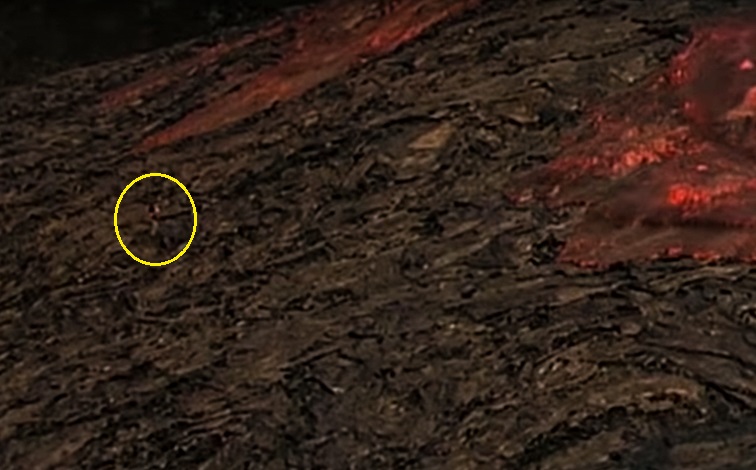Do You Want to Die by Volcano? Because This Is How You Die by Volcano

There is no such thing as a safe eruption. I just want to stress this up front. If a volcano is actively erupting, no matter how gently, it could easily kill you. The minimum safe distance is far away. Add another far to that away if you’re dealing with an explosive volcano, just to be sure. And stay out of valleys that are part of its drainage system!
The majority of the fatalities at Mount Loowit (St. Helens) during the May 18th, 1980 eruption took place outside of the Red Zone, in areas that would have been safe if she hadn’t blown out laterally.
Kilauea’s eruptions may seem more like photo ops than death dealers, but it’s actually the deadliest volcano in the United States.
No one died in its 2018 eruption, but a lava viewing tour boat did get bombed, and lava spatter broke a man’s leg as he sat on his own porch.
22 people died and 25 were injured when a phreatic eruption in Whakaari/White Island volcano’s crater struck a tour group.
Even seasoned, professional volcanologists can get caught by surprise, as the 1991 tragedy at Mount Unzen so unhappily demonstrates.
Lava flows are actually the least hazardous things about volcanoes when it comes to threats to human life, but they’re still dangerous as all heck. Even old, cold flows can hurt you: a’a is sharp, as my poor paternal grandfather found out when he stumbled and cut his leg during a visit to Sunset Crater in Arizona. Pahoehoe can have hollow bits that break under your weight. Your foot can get trapped in gaps between the “ropes.” It’s all treacherous stuff.
Hot flows can obviously melt your clothes and burn you; they can also have thinner than expected crust over molten rock, which can be extremely dangerous if you happen to step on a weak spot. Just ask Wendell Duffield, who wrote about USGS geologists nearly losing legs to Kilauea.
Lava flows are usually slow, but ponded lava can break out suddenly and quickly cut off your escape path, as anyone watching the volcano cams in Iceland could tell you. And lava flowing from a crater can be incredibly swift, especially when propelled by gasses. You know, like the “lava geyser” in Iceland that’s currently surging every few minutes. The one that’s splashing huge red streams of roughly 2000°F lava down the slopes of its cone like clockwork.
This is the very active flow field and crater that some spectacular fool of a human decided to climb on Friday.
People: don’t do this. Ever.
This jackass could easily have died a painful, hideous death. They could have gotten other, non-foolish people killed trying to rescue them or retrieve their mangled carcass. They could have caused their loved ones no end to agonizing grief. Even if they don’t value their own life, they should have paused to think of the impact their recklessness could have caused others.
There are responsible ways to take in the drama of an active volcano. There’s no guarantee you’ll survive, but at least the odds will be much more favorable, and your family and friends won’t have to admit you died because you were an incompetent lout who was so ignorant of basic safety protocols that you deliberately drowned yourself in a river of lava.
Here’s the full clip from MBL.IS. You can see how nearly invisible this senseless thrill-seeker is; unless they’re moving, you can’t really see them. Now imagine what would have happened if they’d become immobilized out there and needed rescuing. There is a reason volcanologists wear bright-colored clothes when they go out in the field, and it ain’t because of fashion.
Look. I know it can be tempting to get close. Believe me: I feel that pull as strongly as anyone. If I were in Iceland right now, I’d be getting as close as I reasonably could, even knowing there’s no such thing as a safe eruption. But I’d be listening to the authorities, following the advice of experts, regularly consulting my copy of The Volcano Adventure Guide, and really definitely not walking over the actively-growing lava flow to climb the lava-spewing cone.
Resist that urge to get too close. Remember how easy it is to die. Be kind to the people who love you. Think of the poor bastards who would have to risk life and limb to save your sorry butt. Understand how dang many jokes famous comedians would make at your expense.
Be sensible, not sensational, okay?
Good talk.
And please, if that gigantic ignoramus shows up on a crowdfunding site begging for cash to pay the hefty fines I so fervently hope they’re about to be slapped with, don’t toss them a coin. Save it for the volcanologists and emergency responders who deserve it far more.
